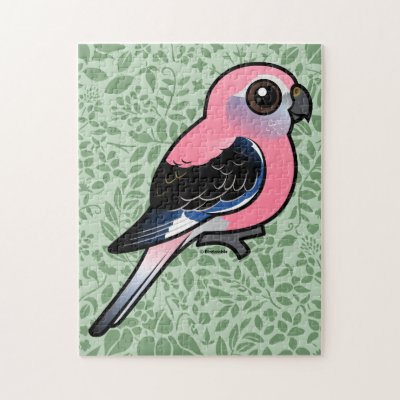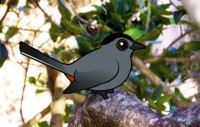Birdorable Bourkie

Our latest Birdorable parrot is the Bourke's Parrot or "Bourkie", a colorful grass parrot from Southwestern and Central Australia, where they are endangered due to overstocking and rabbit plagues. In some parts of Western Australia populations have recently increased after grazing was scaled down, allowing vegetation to return. If you like our Birdorable Bourkie don't forget to check out our 50+ other parrots and parakeets.









Comments
Be the first to comment
Thank you!